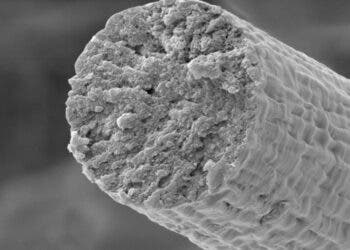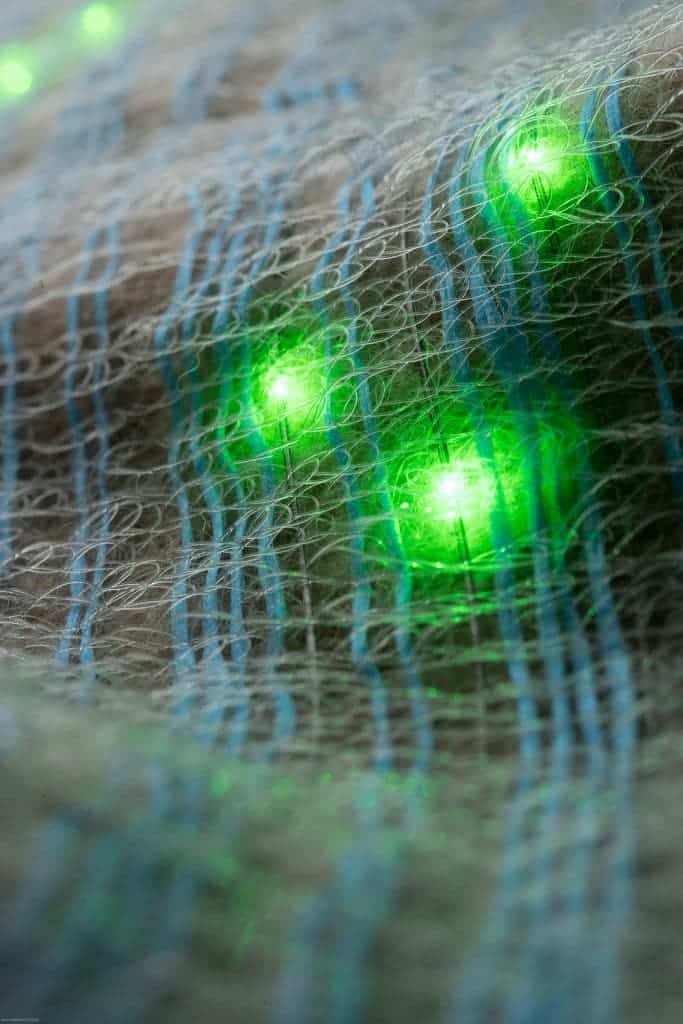New research at the University of Leeds together with industry specialists is looking into the effects of laundering on the condition, color, and the amount of microfibre released by our clothes.

Clothes will last longer if you wash them on shorter cycles with colder water, the study found. This would also reduce the number of microfibers and the quantity of dye the clothes release during the washing process, lessening the impact washing machines have on the environment.
Cold, gentle washes
“We are increasingly familiar with the environmental threat posed by throwaway fast fashion, but we also know that consumers claim their clothes can lose their fit, softness, and colour after fewer than five washes — this means it’s more likely they will ditch them long before they are worn out,” says lead author Lucy Cotton, from the University’s School of Design.
“Using shorter, cooler washes is a simple way everyone can make their clothes last longer and keep them out of landfill.”
The team explains that every load of laundry releases thousands of microfibers down the drain. Most of these eventually end up in the ocean and on beaches, contaminating them for years (or until a hapless sea creature gobbles them up).
In order to better understand how to mitigate the environmental impact of washing machines — and how to better keep those cool threads in tip-top shape — the team performed both laboratory and real consumer testing of wash cycle duration on these factors. They explain that theirs is the first study of its kind to also include customer testing.
The team washed 12 dark and 8 light-colored t-shirts together with white fabric squares to test their color-fastness (i.e. how much of the dye leaks out of the cloth with every wash). They used conventional domestic washing machines and Ariel detergent pods, and compared 30-minute cycles at 25°C and 85-minute cycles at 40°C, both with 1,600 rpm spins, for 16 cycles. The washing machines were thoroughly cleaned prior to the experiment. The team collected the waste water from the experimental washes and analyzed them for microfibre content (these were collected and weighed). A series of chemical analyses were performed to distinguish between the different types of dyes that washed out of the clothing.
The team reports that significantly less color leached out of the t-shirts (up to 74% less dye) that were washed using cooler, quicker cycles, and that dye transfer (from darker-colored to lighter-colored fabrics) also decreased in this case. In addition, colder, faster wash cycles reduced the number of microfibers released by up to 52%.
“Our findings can help tackle the issue of ‘invisible’ plastics in the environment,” says Dr Blackburn, who heads the Sustainable Materials Research Group at Leeds.
“Synthetic microfibres are released every time textiles are washed and account for more than a third of all plastic reaching the ocean. But microfibres from cotton and other natural sources are found in even greater numbers in the sea, and we’re worried about their impact too.”
The findings show how the little choices made by consumers can actively help to reduce the number of microfibers released into the wild. Additionally, the team explains that washing clothes at 20°C rather than 40°C saves approximately 66% of the energy used per load — meaning quicker cycles at lower temperatures help slash both your energy bill and CO2 emissions.
Dr Neil Lant, a Procter & Gamble Research Fellow and co-author of the study, says that modern detergents allow for “excellent cleaning results” even with short washing cycles at a lower temperature.
“It’s well known that these cycles reduce our energy bills and carbon footprint, but our partnership with the University of Leeds is helping us understand how they also slow down the ageing of clothes — keeping us looking smart, saving us money replacing garments and helping the environment,” he adds. “It’s a real win win win.”
The paper “Improved garment longevity and reduced microfibre release are important sustainability benefits of laundering in colder and quicker washing machine cycles” has been published in the journal Dyes and Pigments.






